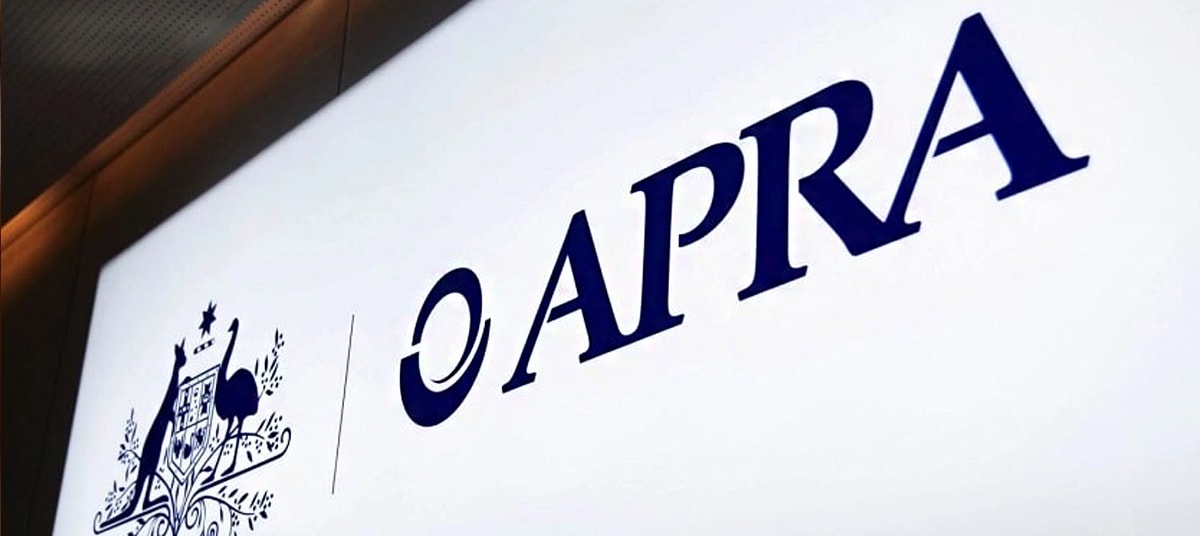
The prudential regulator has proposed two changes to make bank licensing simpler and more efficient.
The Australian Prudential Regulation Authority (APRA) has announced two proposed changes to its bank licensing framework to make the process “simpler and more efficient” for new market entrants.
APRA, which licenses authorised deposit-taking institutions (ADIs) such as banks, credit unions, and building societies, said its review of the licensing framework found it was “effective” in supporting competition, while maintaining strong prudential standards.
However, it also identified opportunities to improve efficiency by “providing greater clarity around licensing expectations and timeframes”.
The prudential regulator is now consulting on two key proposals to:
- Set clearer licensing expectations by replacing existing expectations set out in the guidelines with more explicit and targeted formal criteria.
- Provide faster, more transparent decisions by giving applicants 12 months from application submission to demonstrate they have met APRA’s new licensing criteria. Following this, APRA would target a decision within three months, with all determinations made public.
APRA is also seeking feedback on the restricted ADI (RADI) pathway, which was designed to encourage new entrants but has seen limited take-up in recent years.
Therese McCarthy Hockey, APRA board member, said the changes would make the licensing process simpler and more effective.
“Although the success of a new bank is ultimately determined by the viability of its business model and product offering, it is important that the licensing process is not unnecessarily burdensome and supports timely entry into the banking sector,” she said.
“Our intention is for these changes to help aspiring banks navigate the licensing process more efficiently and reduce the time and cost associated with obtaining a banking licence.
“The proposed changes are part of APRA’s broader efforts to better support competition and efficiency in the banking sector and aligns with the objectives of the Council of Financial Regulators’ and Australian Competition and Consumer Commission’s recent review into small and medium-sized banks.”
Consultation on the proposed changes is open for submissions until 31 October 2025.
New regulatory framework
Separately, APRA announced plans earlier this week to move to a three‑tiered model for banking regulation, differentiating requirements for large, medium, and small banks.
APRA chair John Lonsdale revealed at the Australian Banking Association Conference 2025 on Thursday (24 July) that the prudential regulator had identified that a three-tiered approach would help make the regulatory framework “simpler and more proportional without creating unacceptable risks”.
He explained: “This change will allow us to introduce more nuance into our policy and supervision approach to banks, with greater differentiation between requirements for different bank business models.”
[Related: APRA to move to new regulatory framework for banks]

